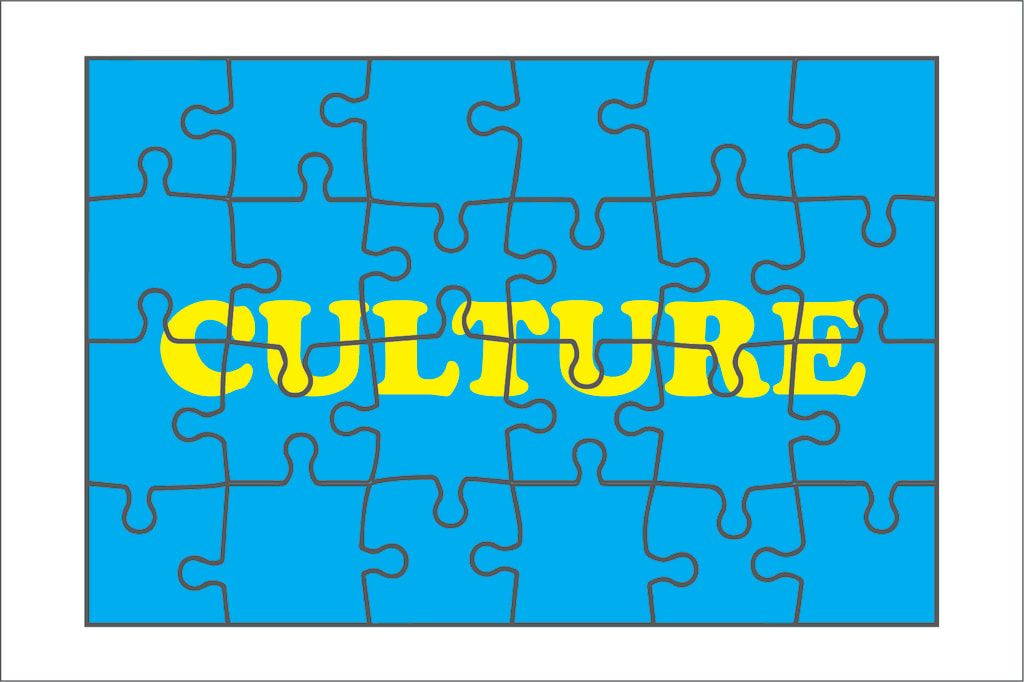Culture Flub
Where Does the "Culture" in "Culture Fit," Fit In?

“Culture” is defined as the set of shared attitudes, values, goals, and practices that characterizes an institution or organization.
“Culture fit” is a common phrase, often given a lot of weight within the corporate world, particularly when it comes to assembling a team within an organization. The Harvard Business Review defines culture fit as “the likelihood that someone will reflect and/or be able to adapt to the core beliefs, attitudes, and behaviors that make up your organization.”
The reason behind hiring for culture fit is to find a candidate who will feel comfortable within the organization, who will not wish to leave in a few weeks or months because of philosophical differences, costing the organization more money to search for another candidate within a short period of time, in the form of more job placement advertisements, emails, telephone calls, interviews, and résumé reviews.
However, culture fit has come to be associated, by hiring managers, with more superficial characteristics such as personality and likeability. Conventional wisdom dictates that if employees within a corporation share the same personality type, and other external characteristics, they will better be able to get along with each other, promoting the smooth operation of business, resulting in more productivity.
So much so that “culture fit,” as defined in recent years, has become as important as skills and experience in evaluating candidates during a job interview, if not more important — some interviewers will relax, or even overlook, the job requirements, if they find the candidate to their personal liking socially. I can recall a story from a friend who was in a position to interview a candidate. My friend found the candidate incompetent and unsuitable for the position, but was overruled by her boss, because her boss found the candidate likeable, and this candidate was hired anyway.
In a 2013 survey cited by online publication Canadian Business, 82% of interviewers felt that “culture fit” was important in making a hiring decision, and 59% had rejected candidates whom they felt did not “fit into their culture.”
This interpretation of “culture fit” delves into murky territory, producing homogeneous work environments. According to an MIT study, homogeneous work environments produce employees who are happier to work with others just like them, but who tend not to be as productive and innovative, as they are bouncing ideas off of others with similar experiences in life and work. Different personalities come from different life and work experiences, as do different perspectives to solving problems.
Not to mention, within an organization, there are many different roles to fill, each of which requires a different personality type. Kevin Grossman, VP of non-profit recruiter Talent Board, states that the same personality type will not fit all roles within an organization. For example, an office administrator and a salesperson are two roles which require completely different personality types.
Finally, though not a corporation per se, we can use an organization, such as Toastmasters International, as an example. A visit to any chapter meeting will reveal a group of members of varying cultural backgrounds, professions, ages, and life experiences. All with a unique set of challenges and goals, which brought them to the organization, always great subject matter for speeches which always leave something to take away from meetings.
Yet as different as each of the members is, the commonality is in the shared values reflected in the mission statement:
“The mission of a Toastmasters' club is to provide a mutually supportive and positive learning environment in which every individual member has the opportunity to develop oral communication and leadership skills, which in turn foster self-confidence and personal growth.”
Members work well together and always learn new approaches to personal and professional challenges through speeches, as well as extracurricular activities.
If we do not flub the definition of “culture,” and “culture fit,” but stick to their original meanings, ultimately, we will be more productive and progressive.
About the Creator
Sebastian Peter, Jr.
Living, learning, writing
Enjoyed the story? Support the Creator.
Subscribe for free to receive all their stories in your feed. You could also pledge your support or give them a one-off tip, letting them know you appreciate their work.






Comments
There are no comments for this story
Be the first to respond and start the conversation.